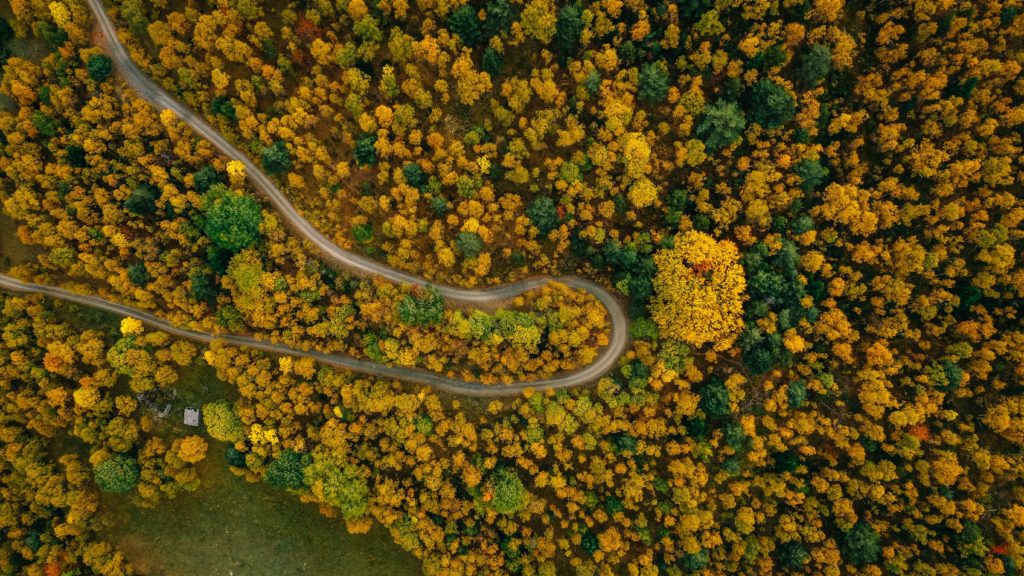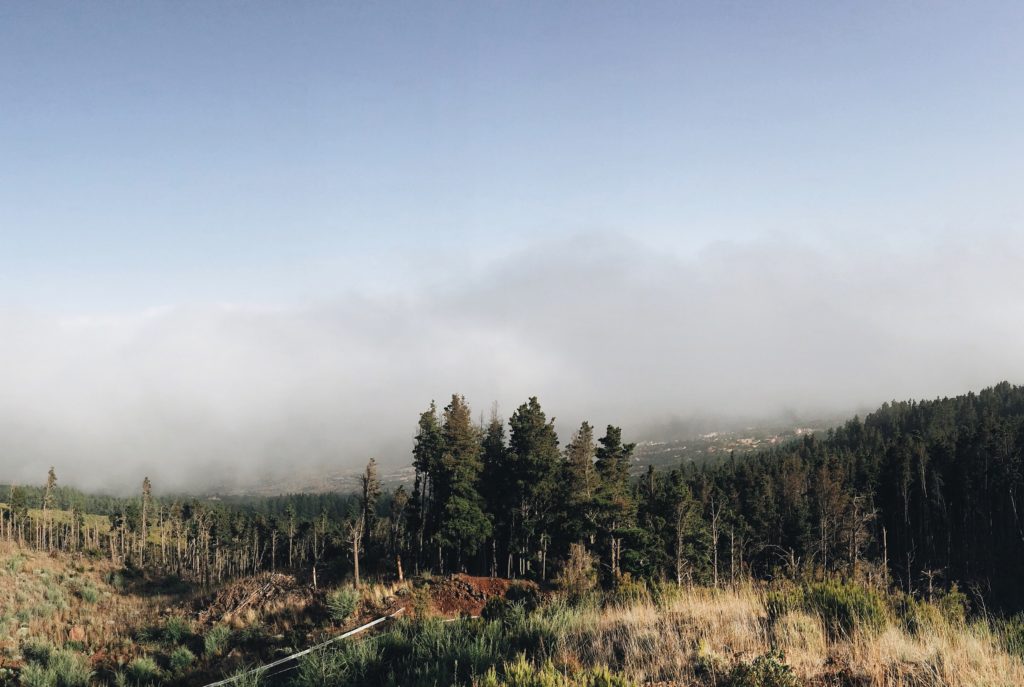As a recurrent and extreme phenomenon, droughts are difficult to predict, with high spatial and temporal variability. Together with floods, fires and soil degradation, drought and its consequences is one of the 4 most critical natural hazards in the mountain forests of Southwest Europe. This is one of the main conclusions of the SUDOE MONTCLIMA project, in which CREAF takes part, led by the Observatorio Pirenaico del Cambio Climático (CTP-OPCC). The project’s focus is several pilot case studies to improve governance and management of natural risks through transnational cooperation, joint management and risk prevention.

Cases of forest decline due to drought are on the increase worldwide, especially in mountain areas. “The impact of droughts on forest mortality is a complex process that we are not yet able to model accurately”, according to CREAF researcher and UAB Professor Jordi Martínez-Vilalta. All the models coincide in predicting a greater incidence of this phenomenon in the coming decades, constituting changes in the surface area, density and composition of forest masses. Martínez-Vilalta also points out the difficulty of predicting catastrophic events, due to the existence of compensation mechanisms and the natural resilience of forest stands.
If the rising average temperatures scenario is confirmed, it would mean significant stress for forests, especially if accompanied by an increase in the frequency and intensity of droughts. The greater need for water in forests in contexts of drought is connected to the greater demand for water by the atmosphere, according to Sergio Vicente-Serrano, researcher at the Instituto Pirenaico de Ecología and linked to the IPCC.
Reducing uncertainty
There are several tools to reduce uncertainty: “Monitoring is one of the most powerful tools we have. It is undoubtedly our best asset to avoid surprises,” according to Jordi Martínez-Vilalta. A new transnational strategic framework is a useful tool to strengthen the management and prevention capacity in southwest European mountains, in the face of natural hazards. This initiative is connected to the UN Sendai Framework for Disaster Risk Reduction and the Paris Agreement on climate change.

On the other hand, the Geovisor open-source, geolocalised map viewer allows real-time consultation of indicators of active fires, burnt areas and accumulated rainfall. And, thanks to the CLIMESSENCES tool, the Office National des Forêts can carry out this monitoring, based on the scenarios established by the IPCC to obtain future distribution situations.
How to monitor a dry forest
The satellite images to analyse surface disturbance and plant degradation on the Iberian Peninsula show that evergreen and larger trees are generally more resilient to drought. Such indices based on satellite imagery are of great value in defining the impact of droughts on vegetation, and in this project are provided by researcher Célia Gouveia from the Universidade de Lisboa (Portugal). On the other hand, forest health in France is recorded through detailed monitoring of drought-affected areas, provided by the Forest Health Department of the French Ministry of Agriculture and Food. This is key information to identify the most vulnerable areas thanks to comprehensive database, cross-checked with meteorological information and future climate projections.
The decay of forests in Catalonia is monitored by the DEBOSCAT programme, that follows how they are detected, their recurrence and how forests recover after an episode. The conclusions of this monitoring are crucial in order to define which areas are priorities and thus support the adaptive forest management of the territory. CREAF therefore monitors this situation together with the Agents Rurals de Catalunya.

The adaptive forest management in a holm oak forest is key to boosting the resilience of mid-mountain forests in the face of drought and fire risk. And this was a real case shared by CREAF researchers Diana Pascual and Eduard Pla.
Drought at a local scale
In central Spain forests, the Pinus pinaster forest stands are the most affected by decay, due to a combination of drought, human overexploitation of water resources and sandy soils with low water retention capacity. Implementing flexible management methods to limit decline is known to be a mechanism for recovery. As for French public forests, the Office National des Forêts ensures that the multi-functionality of forests is maintained, to increase their resilience to climate change, and to maintain the biodiversity of species.
اهتم بالعمل…في حقل رصد وتغطية التغير المناخي وتاثيرة علي البيئة…
Comments are closed.